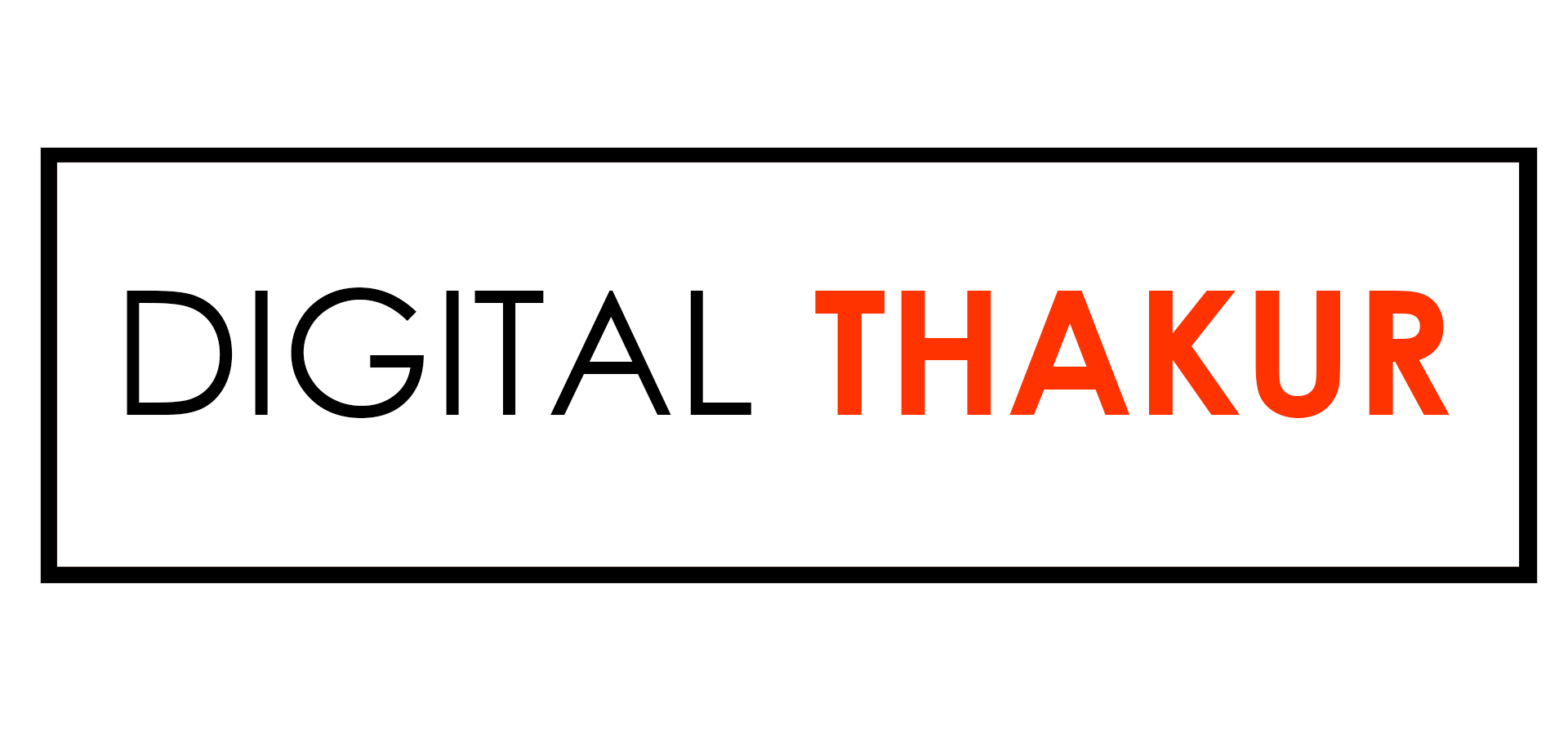To differentiate between SEO and SEM, it is essential to know the definition of SEO and SEM at first. SEO stands for “Search Engine Optimization”, and it is the process of optimizing a website to get free organic traffic from search engine.SEM stands for “Search Engine Marketing”, and it is a digital marketing process of increasing website visibility in the search engine by the free organic traffic got through SEO or paid traffic through PPC advertisement or both.
Though the primary purpose of SEO and SEM is to increase the visibility of a website in a search engine, there are some differences between SEO and SEM.
- SEO is an unpaid free placement, while SEM is a paid placement.
- The purpose of SEO is to optimize a website to get traffic from an organic search result, one of the two main categories of Google Search Result.
On the other hand, the purpose of SEM is to get traffic and visibility from both the organic search result and paid search result (PPC-Pay per Click, CPC-Cost per Click etc.), the two main categories of Google Search Result.
- To rank a website in one of the top positions through SEO, quality and quantity contents and some tactics are needed to attract the organic searchers. But, for SEM, it is a heart soul trying to get traffic by paying for an advertisement to appear in front of the search results.
- Promotion of SEO affects positively on SEM since SEO is a part of SEM.
SEO vs. SEM: Main Features
Main features of SEO
Seo enables websites to reach the top-one position in organic, free Search Engine Result Pages (SERPs.)Besides, high quality and creative contents are essential elements of SEO.
SEO is made up of some pillars- “On-page SEO”, “Of-page SEO, Technical SEO, User Interaction Signals”.
- On-page SEO
On-page SEO involves the activities done on the website under its control to improve ranking within search engine result pages (SERPs.) Here the website is optimized around keywords that the expected visitors search for in some search engines like Google, Bing and others.
- Off-page SEO
Off-page SEO involves the activities done away from the website to improve ranking within search engine result pages (SERPs.). In this case, trust and authority signals come from other websites to own website. Though it mainly involves backlinks from another site, it also includes some other off-page signs like social bookmarking sites and social signals.
- Technical SEO
Technical SEO involves the activities of optimizing a website or its infrastructure from the beginning to make the search engines able to access, crawl, index and interpret without any problem.
- User Interaction Signals
The signals (negative or positive) that a website user sends to search engines are called User Interaction Signals. If negative messages go to the search engines, they can drop the ranking of the website down. The standard user interaction user signals include bounce rate, click through- rate (CTR), time on sit and the return-to-SERPS rate.
Main Features of SEM
SEM, a broad term encompasses everything that is outlined for SEO and includes some other things like PPC. It works to make the website very visible through organic search result and advertising. In this case, PPC is mentionable, which has some features.
- Bidding
Bidding means using search engine ads (Google Ads, Bing Ads, Paid ads, etc.) with a specific keyword for website optimization campaign. If someone searches for the keyword, you have given in search engine, and the ad shows up. The ranking of the ads depends on the limit of bidding. The highest bidding ads will appear above all of the other ads. The amount that was bidden for the ad is paid when someone clicks on the ad you offered for.
- Quality Score
Quality Score is a Google advertisement measuring scale that estimates the quality of ads, landing pages and keywords. It is a tool of Google to figure out the manners if the ad is a good match for whatever somebody is searching for. The quality score includes expected ad relevance, click through rate and landing page experience. If the ads and landing pages are more relevant to the users, the Quality Score will be higher. If the ad is in the position of upper and high quality, a discount on each click will be given.
- Ad Copy
A well written, compelling ad copy is an excellent part of PPC performance. It includes user’s objective, emotional triggers, enriched keyword, user benefits and uniqueness etc. if the ad copy is great, the CTR will be higher, and higher CTR will ensure handsome Quality Score. As a result, fewer amounts are paid for the same click. The opposite case is also the same. If the ad copy fails to attract and push the visitors to the click, the quality score will be lower, and the PPCs will be more expensive.
- Ad Groups and Account Management
An ad group is a place where similar target sharing ads are contained. To organize a common theme, it is necessary. Using the Ad group’s keyword may trigger the ad to appear. Moreover, well management of the account will accelerate the ad.
SEO vs. SEM: How Long It Takes To See Results
Speed is the main feature that differentiates between SEO and SEM. Higher the rates, more the beneficial it is. Generally, SEO takes a long time to see the results and SEM takes a short time to do that. But, actually what happens? If the site is new and it does not have enough backlinks, it will take time. It takes at least 3 years to see the results. Some sites of Google prove that. But, proper strategies and activities can significantly help to rank the site in Google. Long-tail keyword and implementation of SEO best practices can help to see some results within a few months.
On the other hand, SEM works in this case very rapidly. By running an ad, a positive result can be seen within a short time. Traffic will engage visibly. But, it does not ensure that it will happen overnight, and ROI will be gotten. It may take months to get the result and ROI from PPC. Whatever the matter, it is clear that SEM works faster than SEO.
SEO VS SEM: HOW MUCH THEY COST
The cost of SEO services depends on what is included. Most of the projects cost between $750-$2,000 per month, and the price is based on the project. A one-time project range is between $5,000-$30,000, and also the hourly rates of a consultant are approximately $80-$150/hour. There are four standards that SEO costs that are the project-based, performance-based, monthly retainers and an hourly rate. SEO prices can vary quite a bit, depending upon several factors. In fact, according to research done by some folks at Moz.com, you could end up paying less than $25 an hour or over $20,000 a month
There are many services that SEO provides basically. The fixed-price contract services allow them to sign a contract and also will enable them to avail some services of SEO. The main thing to remember using SEO services is that no matter what plan you choose, it takes time you won’t see the result overnight. SEO positions the business in the long term like your business will get success in future. You will earn an impressive ROI for SEO services when working with a top agency like WebEx.
The cost of SEO depends on the scope of your project. As an authority in pricing the SEO services, WebEx is qualified to educate you in what to seek out, and a fair SEO service rate is when comparing vendors, firms or agencies. The process behind all the campaign includes countless methods and techniques. Also, it updates the algorithm you need to assure that SEO company partner is willing to adapt the changes and also updates the algorithms.
Now comes to the cost of SEM. It is the form of internet marketing that involves the promotion of websites. The goal of SEM is to get the traffic on both organic and paid search. When you run SEM campaigns on that time, Google will reward you with lower costs.
SEM will get expensive if people are not focusing on long term strategies, including the quality of score up, SEO, and also the social media presence. But more or less in short nothing can lead sales faster than SEM.
SEO VS PPC: WHAT TO FOCUS ON
Organic search gives better volume than paid search. Indeed, new businesses will get hard times while using SEO and paid search can offer a faster track to search marketing when done correctly. Understanding your perspective and also your customer that how they use web key to determine whether a paid or organic search is better or combination of two that will be the best approach of you to change the situation.
When it comes to SEO, while having site result can influence your perceived credibility with an audience looking for your services. Many users skip most of the times and focus on the organic result because being visible gives your business those all-important stamps of approval. Also, when you have the best reputation signal in the place, so in the end, you will deliver further benefits. Traffic from organic search is free while developing that type of visibility will take time, efforts and money.
Organic search engine traffic will provide you with an improved ROI over traditional forms of paid media. SEO is neither cheap nor easy, it generally cost-effective compared to other marketing tactics for delivering the relevant traffic to your website. The scope of SEO is that there are many queries every day to maximize the scope, you will be needed strong organic visibility, and you will not want to pay for all kinds of clicks neither advertise
Every piece of content on your website, when you will be talking about the strategic advantage, the visibility on organic search is not easy. Once you have established yourself in organic results, your competitors cannot directly buy their way in. This can provide you with strategic competition if they are relying on paid search. But yes, it’s not all sunshine’s and rainbows though sometimes organic traffic can be slow down. It’s not always easy, and it is not a good fit for all business.
PPC
PPC is just an advertisement. When you sell a product, Google provides an opportunity for visual shopping ads that can help a user to see what they will be clicking on. This will improve the click-through rate by offering a feature not available on organic search. Running paid search advertisement gets you seen the right people even if they back off by clicking that visibility will pay dividends to your marketing.
While developing excellent organic visibility can take time, a PPC campaign can be created in days and ramped up in weeks. Strategically, PPC is relatively easy to copy. Successful PPC needs skilled management for monitoring bids, quality score and click-through rates. One of the essential things you will learn about PPC is that you need targeted landing pages for each ad and also you need to launch different web pages on urgent basis and the to figure out which one is better.




